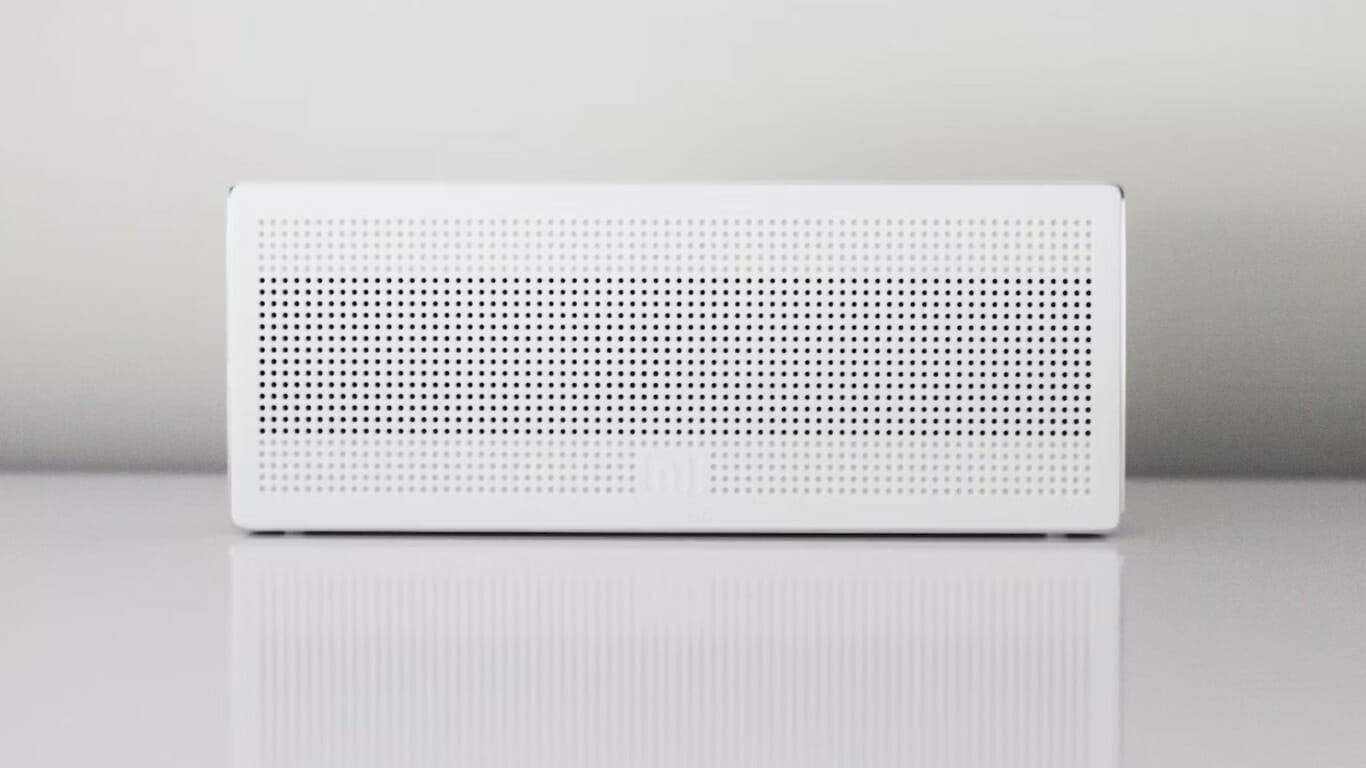Like most parts of the U.S. and pretty much the rest of the Northern Hemisphere, being a homeowner in Arizona means one thing. You have to have a reliable way to keep your home warm throughout the chilly, unforgiving months of winter – often from Dec to Feb.
Heat pumps are quite popular and effective at this, and some versions can also provide cooling for your home during the warmer months
Whether you just moved here or are contemplating doing so, stick around. In this piece, we’ll take a closer look at what heat pumps are, what they are, and whether they’re effective at heating and cooling your home.
What is a Heat Pump?
To break it down, a heat pump is an efficient home heating system that uses electricity to move heat from a cool space into a warm area. This makes the cool space cooler and warm areas warmer.
Picture this as being similar to how your refrigerator works, but on a larger scale for your home.
Water-powered and geothermal-powered heat pumps make some of the most environmentally friendly heating and cooling systems for homes and commercial use.
Main Parts and Components of a Heat Pump
A standard heat pump consists of two main parts: an indoor air handler (condenser) and an outdoor unit evaporator. The indoor part will often look similar to a furnace, while the external piece will resemble your typical central AC unit. They’re connected by pipes carrying refrigerant between them.
How to Get a Heat Pump System Installed?
Making the decision to install a heat pump is half the battle, the other half involves finding the right help. This is critical as your location dictates unique conditions that should factor in while installing your pump.
If you’re, for example, swapping out that old furnace in Arizona but you’ve recently purchased a property in California and are considering kindred upgrades there too, then companies offering heat pump installation in Rocklin, CA would be beneficial to look into.
The local pros will have firsthand knowledge of the area’s climate’s effect on the efficiency and durability of your new system.
A Detailed Look at How Heat Pumps Work
For homeowners, it can be useful to understand the operational concepts of a heat pump. In warmer seasons, they function similarly to an air conditioner, extracting warmth from your house and distributing it outside. Generally, their real magic is seen during the colder spells.
They draw warmth from the outdoors into your home – yes, even when it seems freezing out! There is always some heat energy present in the outdoor air.
A heat pump simply taps into this resource. This process utilizes less energy than traditional heaters that have to generate heat themselves, making them both ingenious and energy-saving appliances as heat pumps contribute to reduced energy consumption and ultimately result in lower utility bills.
In the simplest of terms, a heat pump’s job is to pump air in and out of your house as needed.
Heat Pumps In Winter Vs. Summer: How Do They Adapt?
The secret to a heat pump’s year-round functionality lies in its ability to reverse its operation. In summer, they extract heat from inside your house and push it outdoors, effectively cooling the interior.
But in winter, this process is flipped and the units draw warmth from the outside air (or ground), heat it further, and distribute it inside your house thereby providing efficient heating for those chilly nights.
This clever adaptation is enabled by a special reversing valve in the pump system, ensuring your comfort all year round.
To conclude, are heat pumps effective at heating and cooling your home?
Absolutely! Heat pumps offer dual functionality of heating and cooling, while also being energy-efficient. With a heat pump, you’re armed for both summer warmth and the chills of winter. It’s a truly versatile solution for year-round comfort in your home.




